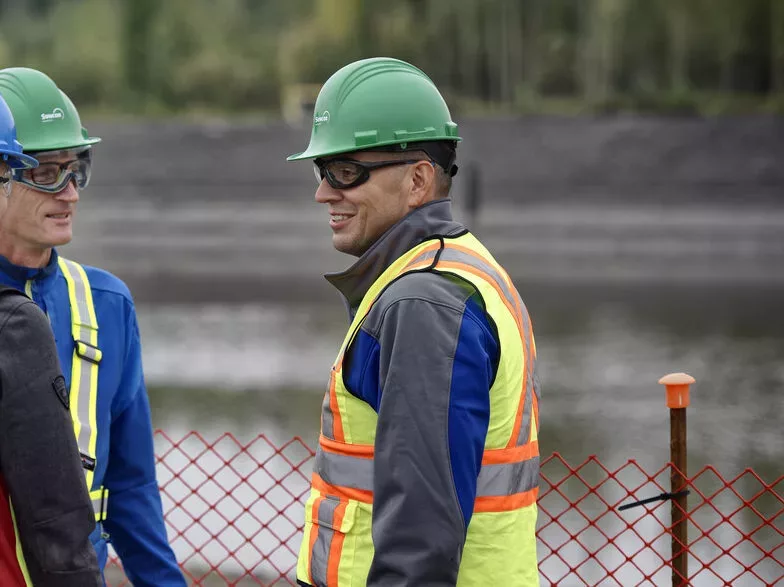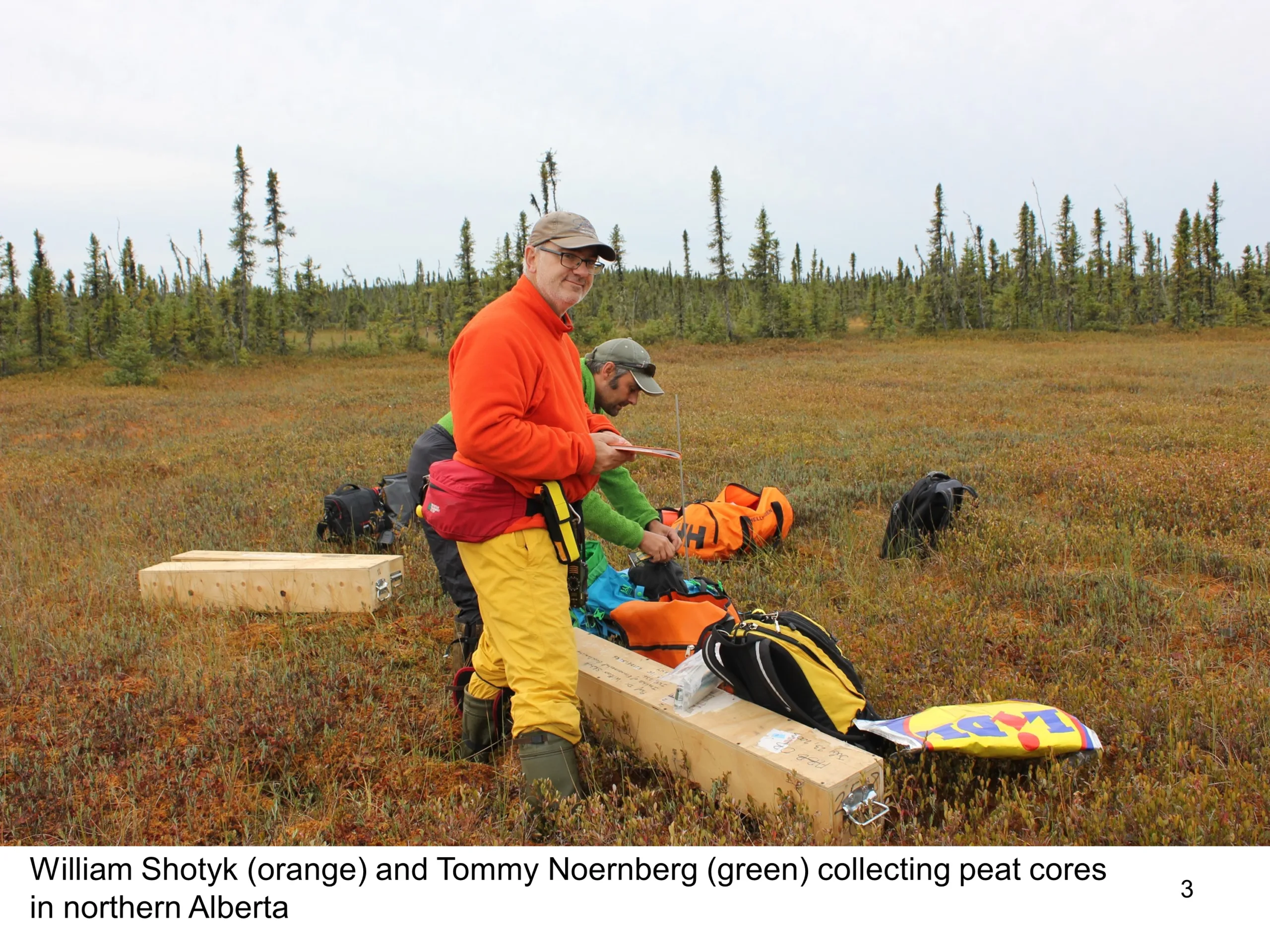Responsible development
What do you need to know about pit lakes?

Efforts by Canada’s oil sands industry to lessen its environmental footprint have resulted in globally significant work to reduce impacts to air, water and land and support biodiversity in Alberta’s boreal forest.
The industry aspires to be world leaders in environmental management.
What’s at stake and what do these efforts look like on the ground? Find out more about pit lakes and why they are important.
Top 10 facts about pit lakes
- Pit lakes aren’t new or unusual. They’ve been around the world for more than a hundred years—as a way of handling process water and tailings from those operations. Currently, pit lakes are a best practice in the global mining industry and the subject of intensive scientific research for almost 40 years. Did you know? Oil sands pit lakes are the most studied and researched pit lakes in the world.
- Pit lakes are purpose built. The lakes are an important part of a closure plan to reclaim the mine site after the mine’s life is over. They are designed to efficiently manage process water and tailings (leftover materials) from operations.
- Pit lakes are not tailings ponds. Tailings ponds manage tailings materials while the mine is active. Pit lakes are created out of a closed mine pit as part of a larger reclamation plan to return disturbed land and water to natural habitat.
- Pit lakes serve an important purpose in this closure landscape. They help manage the quantity and quality of water as the land is transitioned back to a natural state. They mitigate flood events, allow sediment and other tailings materials in water to settle, for example, and hold leftover recycled river water from mine operations until it can be released safely.
- Pit lakes in the oil sands are relatively small geographically speaking—they represent about 5% of the total oil sands mine closure landscape.
- Pit lake planning begins long before the mine is built. Before an operator is given approval to build a mining operation, they must have government approval for their site reclamation plan. Like surface mines all over the world, oil sands mine reclamation plans include pit lakes.
- Pit lakes are intended to be sustainable. Pit lakes are designed to be permanent water features on the landscape as part of the boreal forest ecosystem.
- Canada has about 80 pit lakes in total. These lakes are former coal, metal and diamond mine pits that have been reclaimed over the decades. Many now support thriving fish and wildlife populations, and some are used as recreational areas.
- Alberta has more than 30 pit lakes. The majority of these pit lakes were created from former stone and gravel quarries or coal mines.
- Many successful pit lakes in Alberta have become popular trophy fishing lakes (Sphinx Lake, East Pit Lake, Lovett Lake and Silkstone Lake) and even incorporated into golf courses (Coal Creek Golf Resort).
Dive into the details. See our 2021 Water Mining Research Report and our technical guide Pit Lakes: A Surface Mining Perspective.


